It's summertime, and you know what that means — sandals weather. But the appearance of unsightly lumps and bumps on your feet might make you less interested in showing them off.
A pedicure might cure simple issues like dry skin and rough calluses. But if you peel off your socks and shoes after a long winter of stuffing your feet away and notice a hard, fleshy bump, you might actually be dealing with another issue entirely — a plantar wart.
Plantar warts might not look like what you'd typically think of when you hear the word "wart," but they are abnormal skin growths all the same.
Plantar warts need to be dealt with a certain way — and there are specific plantar warts causes you can avoid so you don't get them again. That's why we've put together this handy guide about what causes plantar warts, how to prevent plantar warts, and most importantly, what exactly a plantar wart is.
Scroll through below to learn all about these painful and stubborn lumps!
Thumbnail Photo: Wikimedia Commons
What Is A Plantar Wart?
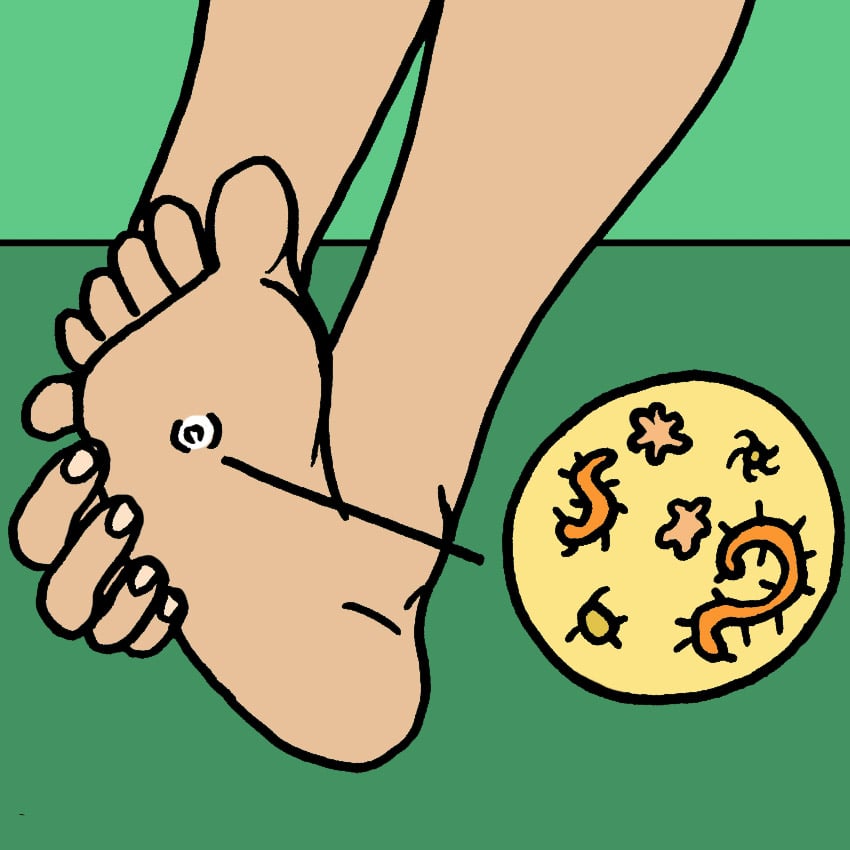
According to the Mayo Clinic, plantar warts are small growths that typically appear on the weight-bearing areas of your feet, like the heel or the sole.
Since you walk on your feet all day, pressure can cause a plantar wart to grow inward and get covered by a hard callus.
This type of wart, like others, is caused by contact with the human papillomavirus (HPV). HPV can enter your body through small cuts, breaks, or weak spots on the bottoms of your feet. HPV infects the skin, causing the wart to erupt.
The American College of Foot and Ankle Orthopedics and Medicine (ACFAOM) reports that plantar warts can be flesh-colored, white, tan, or pink, but that they are often gray or brown. They may develop a cauliflower-like texture over time or have black spots and streaky lines.
Every person's immune system is different, so not everyone who comes into contact with HPV will develop plantar warts. Luckily, the strains of HPV that cause plantar warts aren't highly contagious.
How To Avoid Plantar Warts #1: Wear Shower Shoes
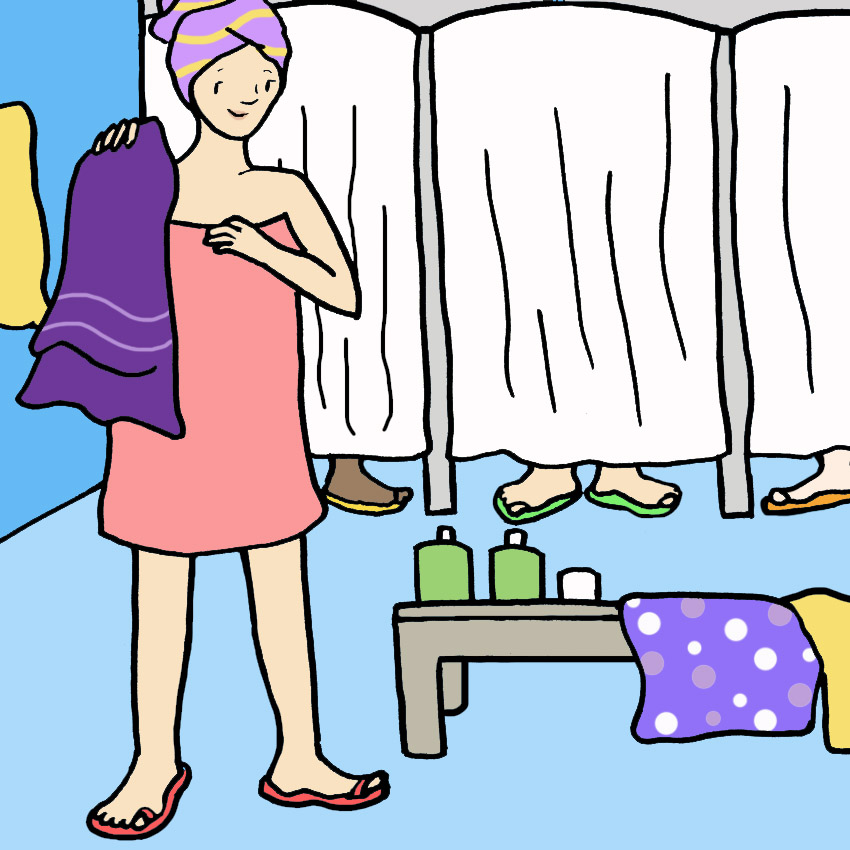
The Cleveland Clinic says that warts are spread from person to person when you have direct contact with a wart or something else that has been in contact with a wart.
A shower floor could easily be an infected surface — particularly the floor of a public shower, like one in a locker room gym. If somebody with a plantar wart steps onto the floor and the floor isn't then cleaned properly, that would be a prime place for HPV to infect you.
A simple way to avoid this is by wearing shower shoes or flip-flops in all public showers, so your bare feet don't touch a potentially infected surface.
#2: Steer Clear Of Public Pools
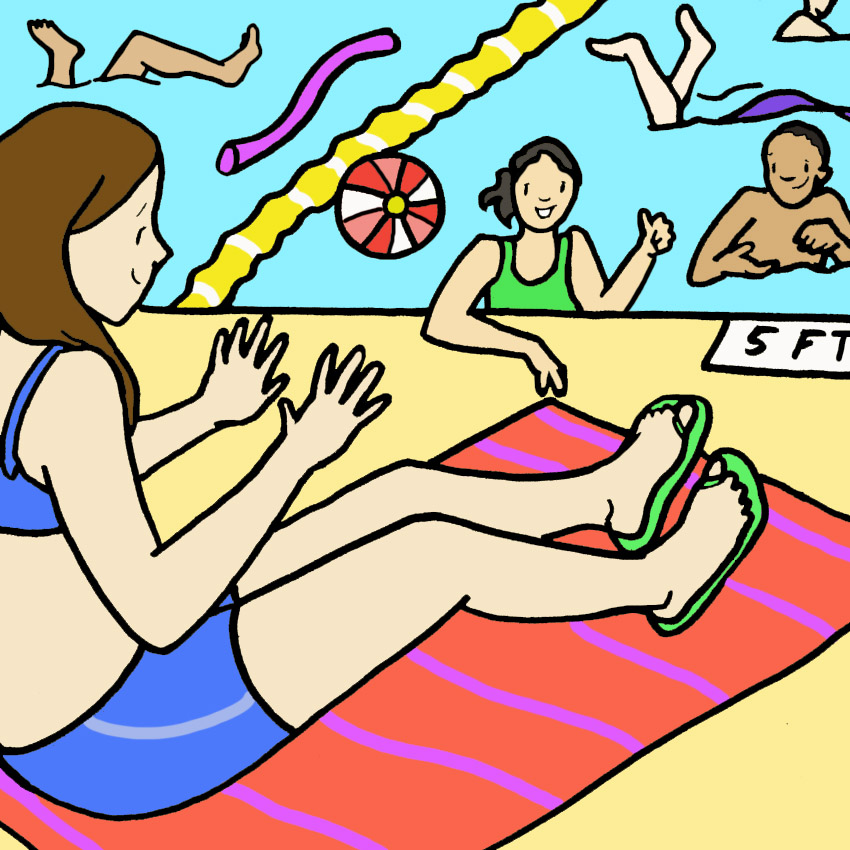
Like the shower, public pools are another place where bare feet are the norm.
With many people skipping flip-flops while they walk around poolside, it's easy for a person with a plantar wart to leave behind the virus, where someone else with a scrape or a cut can pick it up.
Warts can spread in warm water, according to the Seattle Children's Hospital. This makes hot tubs and jacuzzis a prime area for infection. Healthline even calls puddles on pool tiles "a breeding ground for HPV." Yuck!
If you're not interested in skipping out on some sun and fun by the pool when the temperatures skyrocket, I don't blame you! But at least be diligent about covering your feet with sandals or shoes — you never know what's on the bottom of a stranger's foot.
#3: Wear Socks
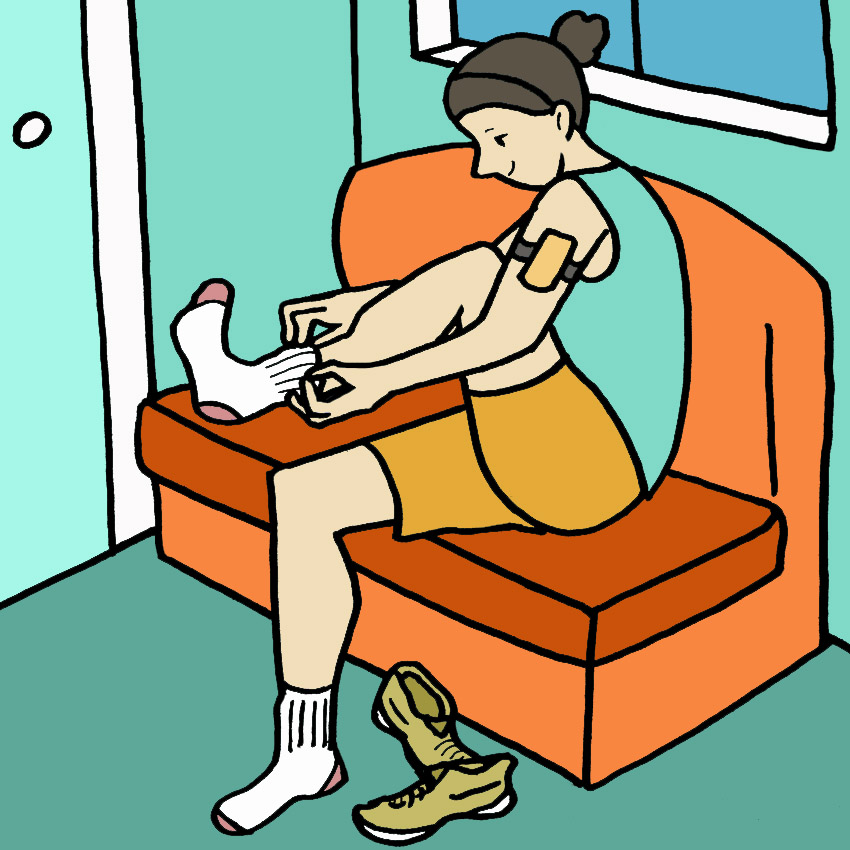
According to Healthline, HPV loves warm, moist areas, so sweaty feet also increase the likelihood of the virus' appearance. Wear socks with your shoes to avoid trapping your feet in a sweaty sauna.
Wearing shoes without socks can also result in rubbing, which can lead to open skin wounds on your feet. Any cut in the skin is somewhere HPV can infect you and cause a plantar wart to develop.
Keeping your feet protected and scrape-free is a smart way to prevent these warts from forming.
#4: Don’t Share Shoes
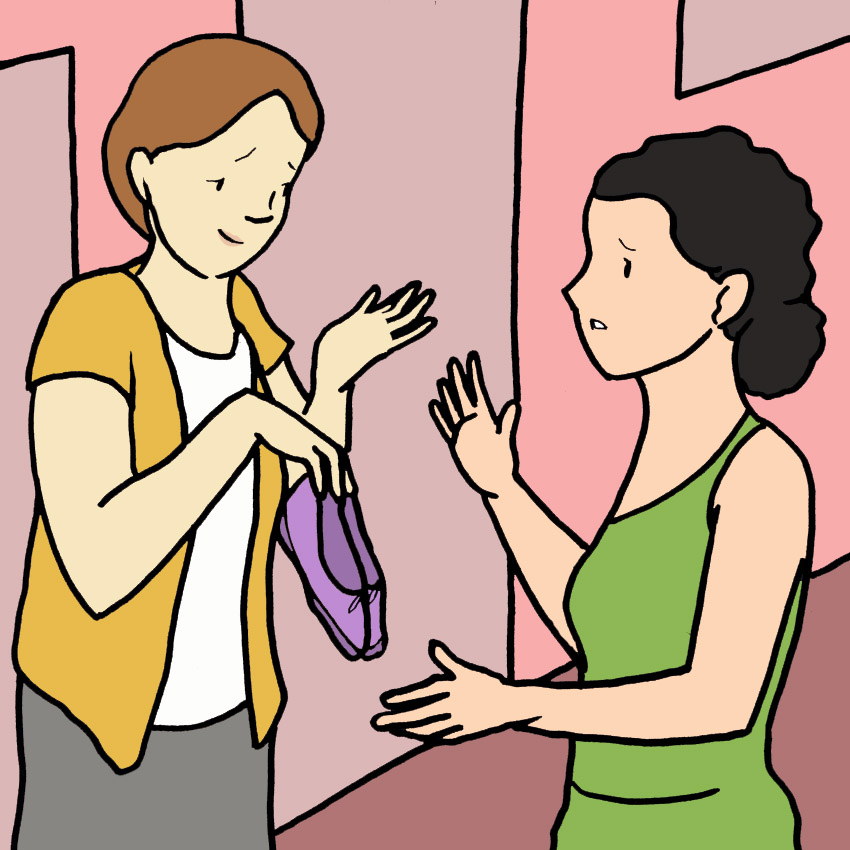
North Carolina podiatrist Jane E. Andersen, DPM, says plantar warts-causing HPV and the fungus that causes athlete's foot can lurk in shoes.
This one might seem like common sense, but avoid sharing shoes with people. Even your closest friends might have plantar warts that you (or even they!) don't know about.
If they have a wart and the wart has touched the surface of their shoe, the infection can get into your skin the same way.
The only way to safely share shoes is to clean out and disinfect the old shoe thoroughly to make sure the virus isn't present.
So when you're wearing your sandals at the beach or by the pool, make sure you don't mix them up with you friend's!
#5: Cover Up Cuts
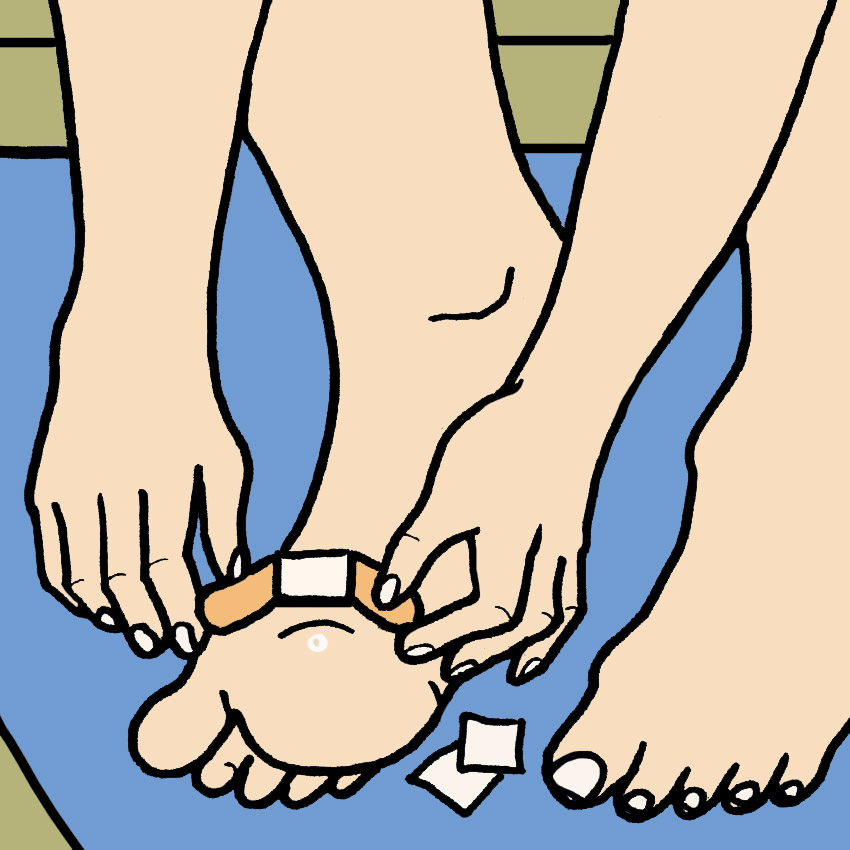
Since HPV is a germ that enters the skin through cuts and scratches, the safest way to keep plantar warts at bay is by not giving HPV any entry points into your body.
If you do find yourself with an open wound (big or small!) on the bottom of your foot, treat it with an antiseptic and cover it up with a bandage or wrap to keep the infection out.
#6: Clean Your Feet
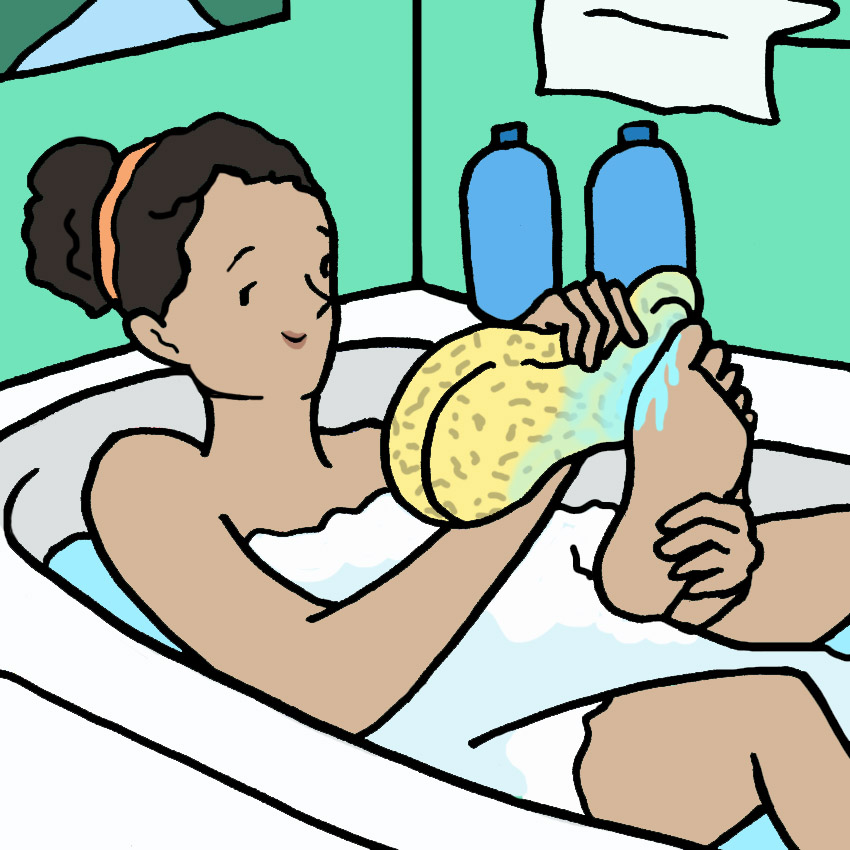
Similarly, keeping your feet clean is the best way to make sure you're regularly removing the virus from your feet if you happen to come in contact with it at some point.
According to ACFAOM, cleaning your feet thoroughly and regularly is a great way to make sure you don't have the virus on your feet, ready and waiting to cause a plantar wart.
#7: Cover Existing Warts
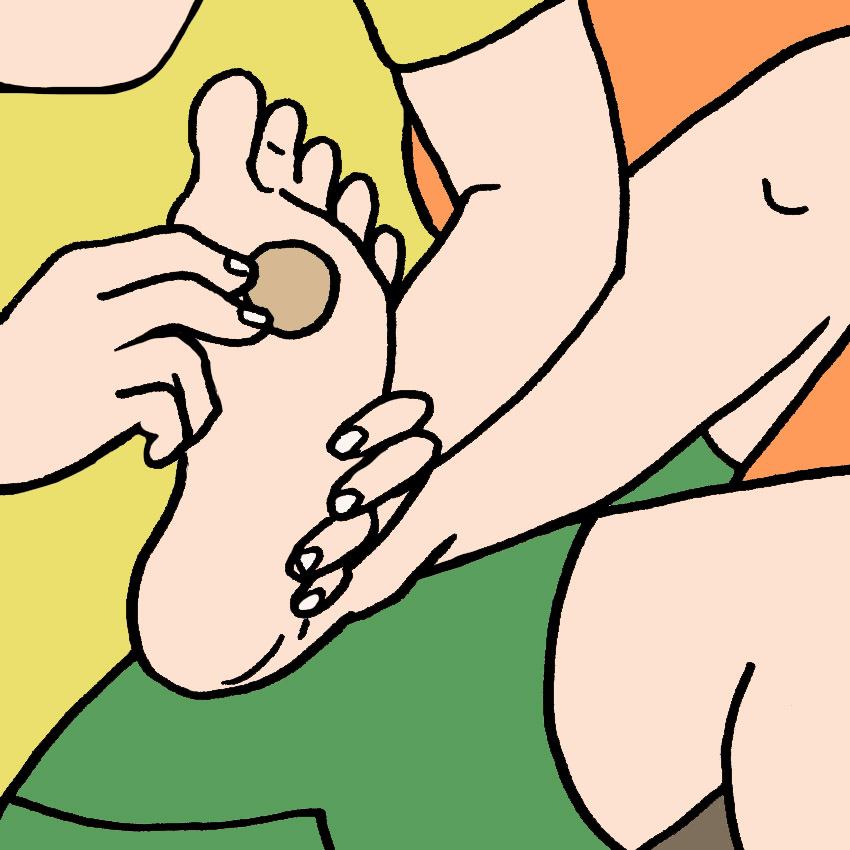
According to the Mayo Clinic, the virus can spread to other areas of your body once you're already infected. Mosaic warts are a type of plantar wart, where multiple warts form in a cluster.
By covering any warts you already have and are treating, you can make sure you aren't re-infecting surfaces around your own home and then allowing it to get back into a different part of your body.
Scratching and touching the wart makes it more likely that you'll break the skin and accidentally move the infection to another area.
What To Do?
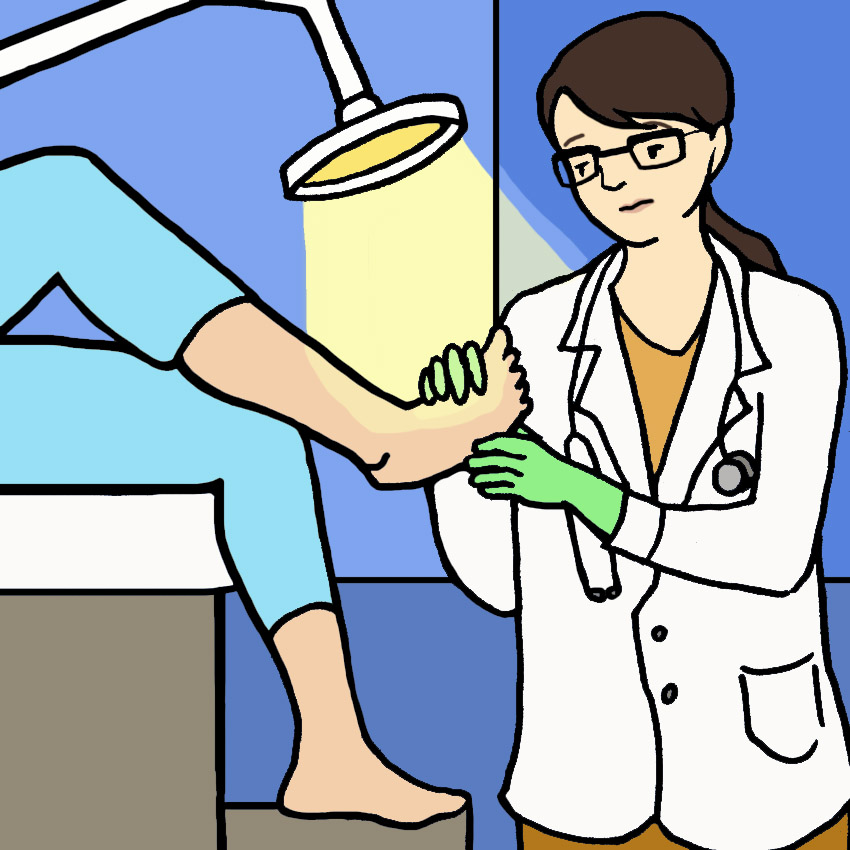
If you suspect you have a plantar wart, it's not a great idea to leave it untreated. While plantar warts might start out as small bumps that aren't life-threatening, they can potentially grow to an inch or more — causing serious discomfort and pain.
WebMD's suggestions for treating plantar warts at home include an over-the-counter treatment containing salicylic acid, like Compound W or Occlusal. One study even found that treating a plantar wart at home was just as effective as treatment by a doctor.
Keeping the wart covered for a period of time can also work. But both of these methods typically take months to be effective.
If you notice your warts are getting bigger or spreading, you should seek medical help from a doctor right away. People who have diabetes or other major illnesses should contact a medical professional rather than try to treat their plantar warts at home.
Nobody loves to talk about gross foot problems, but learning about how plantar warts spread is essential for avoiding them.
Make sure to SHARE this info to protect your friends and family (and their feet) this summer!




